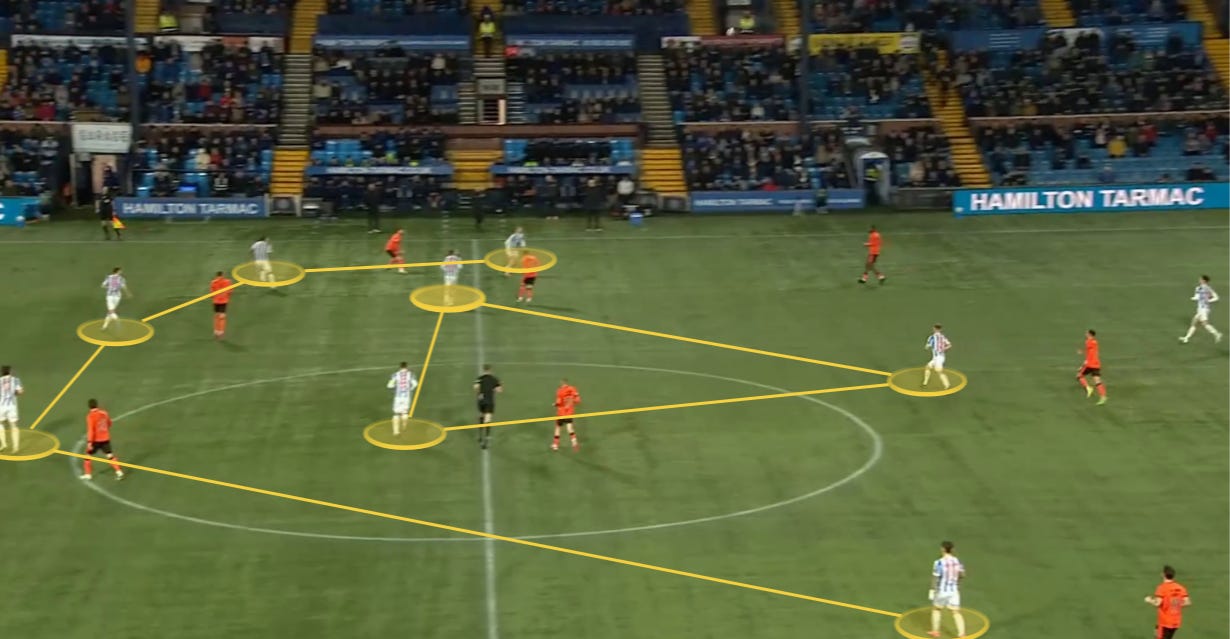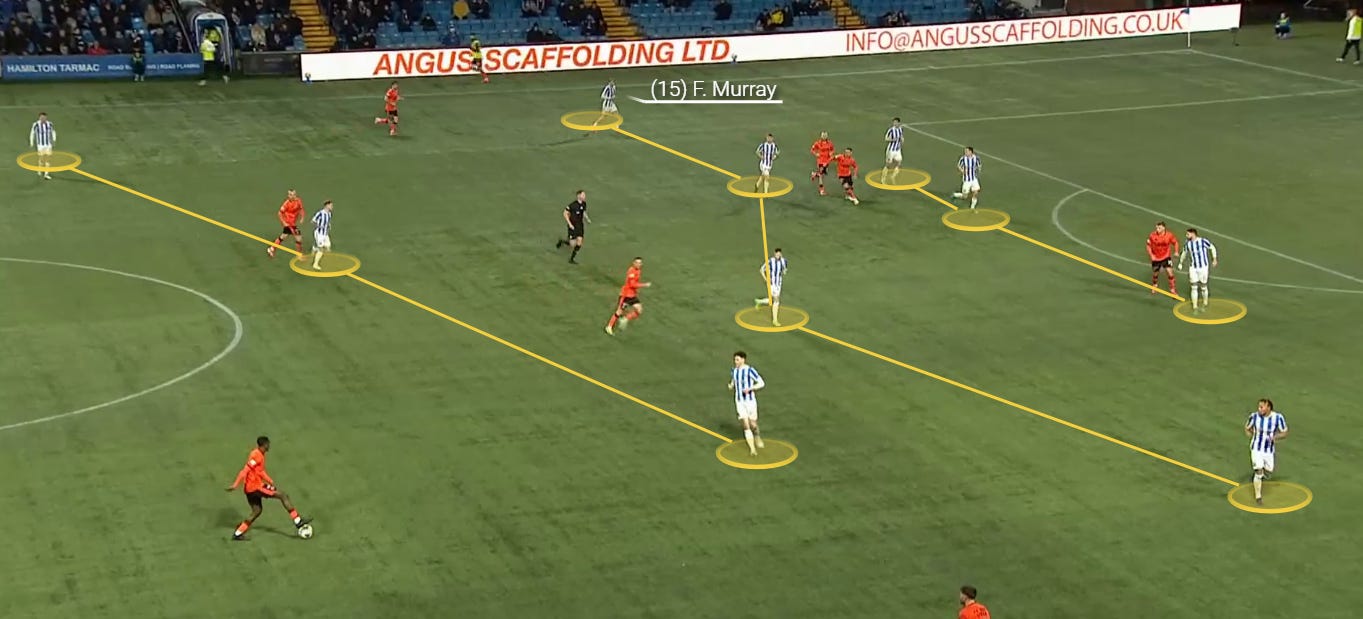Analysis: Kilmarnock win ugly over Dundee United
We break down the game and the controversy of Marley Watkins' winner following a crucial victory
On a day when results elsewhere looked ominous, Kilmarnock took a hard-fought win over Dundee United at Rugby Park to move up to ninth in the Premiership.
A Marley Watkins header in the second half was enough for the three points, but Derek McInnes admitted himself it wasn’t a vintage performance.
With two weeks off to get some of the myriad injured players back, the win game at a good time.
Here’s how it played out on Saturday evening.
Read More:
Kilmarnock 1 Dundee Utd 0: Talking points after HUGE win & Derek McInnes reaction
Top six or relegation battle? Examining the likely points totals
Killie set up in a 5-3-2/3-5-2, though with David Watson taking more of an advanced role it could perhaps be described as more of a 3-4-1-2.
Following a first half in which neither side could get a grip of the game, McInnes made an early change in the second, bringing on Robbie Deas for Kyle Magennis.
That saw Deas take up a place on the left of the back-three, Ndaba (out of shot in the below images) move to wing-back and Murray switched to the right of a front-three.
The second change saw Bruce Anderson replace Danny Armstrong, bringing another adjustment as the substitute took up Murray’s place in the front-three as Murray switched to right wing-back.
Almost immediately Watkins got the only goal of the game, one which Dundee United boss Jim Goodwin insisted should have been disallowed for a foul on the goalkeeper.
There are two relevant portions to Law 12 of IFAB’s rules.
The first is the definition of a foul, which states a direct free-kick should be awarded for an offence “considered by the referee to be careless, reckless or using excessive force”, including pushing or jumping at an opponent.
Therefore we need to consider whether Watkins was careless (“when a player shows a lack of attention or consideration when making a challenge or acts without precaution”), reckless (“when a player acts with disregard to the danger to, or consequences for, an opponent”) or used excessive force (“when a player exceeds the necessary use of force and/or endangers the safety of an opponent”).
The laws also state that a goalkeeper cannot be challenged for the ball if they have it in their hand or hands, the relevant portion here being when “the ball is between the hands or between the hand and any surface (e.g. ground, own body) or by touching it with any part of the hands or arms”.
We can probably stipulate that Watkins wasn’t reckless or using excessive force, so the two considerations are whether he was careless and whether Jack Walton had the ball in his hands.
On the latter point, it’s clear he didn’t. Here’s the goal broken down from multiple angles.













